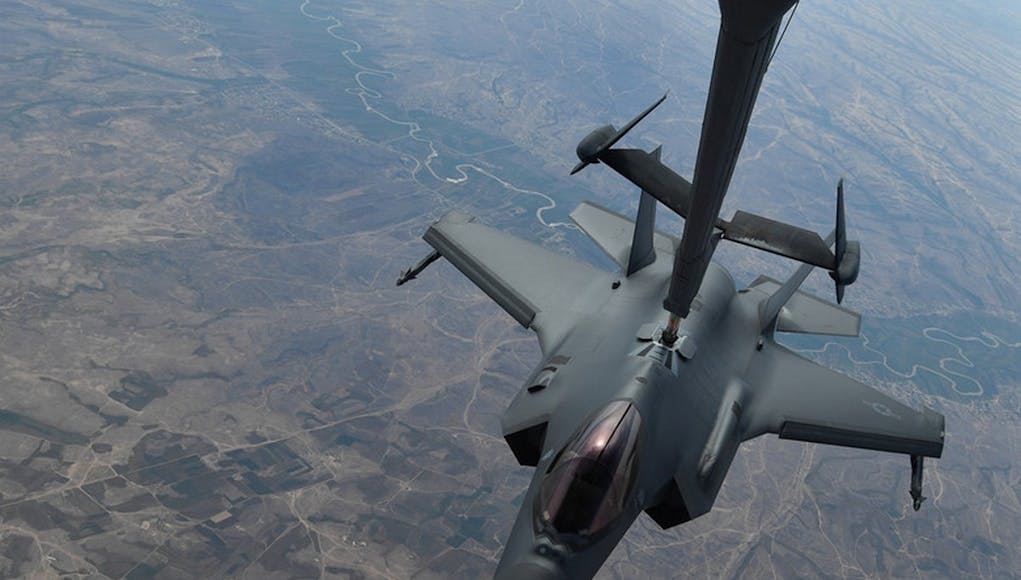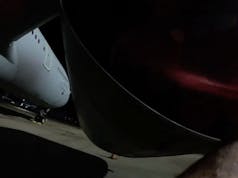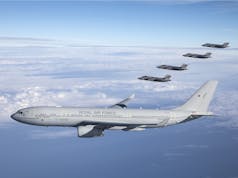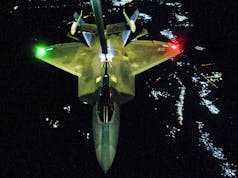Lockheed Martin has been awarded a $7.5m contract to establish organic depot component repair capabilities for the F-35.
According to a contract notice, work will be performed in Rochester, Kent, United Kingdom (81.6 percent); and Fort Worth, Texas (18.4 percent), and is expected to be completed in March 2023. Fiscal 2017 aircraft procurement (Air Force); and fiscal 2019 aircraft procurement (Navy, Marine Corp. and Air Force) funds in the amount of $7,514,515 are being obligated at time of award, $3,757,257 of which will expire at the end of the current fiscal year.
“This contract combines purchases for the Air Force ($3,757,257; 50 percent); Marine Corps ($1,878,629; 25 percent); and Navy ($1,878,629; 25 percent). The Naval Air Systems Command, Patuxent River, Maryland, is the contracting activity.”
Recently, the US Government Accountability Office identified issues regarding F-35 spare parts shortages and difficulty in managing and moving parts around the world.
“Spare parts shortages and limited repair capabilities. F-35 aircraft were unable to fly nearly 30 percent of the May-November 2018 time period due to spare parts shortages.”
The report also advised that the US Department of Defense (DOD) had a repair backlog of about 4,300 F-35 parts. The DOD is taking steps to fix these issues, such as improving the reliability of parts. However, the GAO claims it has not fully determined actions needed to close the gap between warfighter requirements and the performance the F-35 supply chain can deliver.
“Mismatched parts for deploying aircraft. DOD purchases certain sets of F-35 parts years ahead of time to support aircraft on deployments, including on ships. But the parts do not fully match the military services’ needs because F-35 aircraft have been modified over time. For example, 44 percent of purchased parts were incompatible with aircraft the Marine Corps took on a recent deployment. Without a process to modify the sets of parts for deployments, DOD may be unable to meet the services’ operational needs.”
The report also said:
“An immature global network to move F-35 parts. DOD’s networks for moving F-35 parts around the world are immature, and overseas F-35 customers have experienced long wait times for parts needed to repair aircraft. Without a detailed plan for the network, DOD may not be ready to support an expanding fleet.”
The GAO report made eight recommendations, including that DOD determine actions to close the gap between service requirements and F-35 supply chain performance; and address challenges with deployments, global parts movement, and spare parts accountability. Stating:
“In addressing these challenges, DOD must grapple with affordability. The Air Force and Marine Corps recently identified the need to reduce their sustainment costs per aircraft per year by 43 and 24 percent, respectively. DOD has spent billions of dollars on F-35 spare parts but does not have records for all the parts it has purchased, where they are, or how much they cost.
For example, DOD is not maintaining a database with information on F-35 parts the U.S. owns, and it lacks the necessary data to be able to do so. Without a policy that clearly defines how it will keep track of purchased F-35 parts, DOD will continue to operate with a limited understanding of the F-35 spare parts it owns and how they are being managed. If left unaddressed, these accountability issues will impede DOD’s ability to obtain sufficient readiness within affordability constraints.”
The US DOD reportedly concurred with all of GAO’s recommendations.












Great to see F-35 work coming to the UK, as a Tier 1 partner. But what a fiasco with the spares. I understand parts becoming prematurely obsolete or no longer appropriate, as customers change specs over the years, however it is unforgivable that an organisation such as the US military (and I guess the suppliers would be culpable also) did not set up a fully functioning logistics system for F-35 parts. Or is it a failing with the wider USAF logistics tracking system, in the first place. Not a logistician but seems like a more fundamental issue to me.
Global supply chain geek here…. Process should be simple… Large scale… But simple.
Key issue will have been a lack of assigning accountability for spares at the outset
Best practice… Role obligations /doculent spares strategy into initial primary equipment purchase strategy.
Consider Customer held, primary supplier held (LM), component supplier held or third party service provider ….. Or any combination and multiple variations thereof.
The more customers share a common strategy the easier to meet the strategy… But harder to agree up front.
Seperate items into insurance spares, repairable, planned maintenance… Planned upgrades etc
Crystal ball projected demand or assess past demand (d) over a given period (t)
Understand lead times(tx) from order to receipt in terms of multiples of ‘t’
Identify (risk assess) a contingency/buffer volume to be held (c)
Stock re order point becomes ( d x tx) + d + c
Adjust for pack volume, economic order qty, periodic or seasonal fluctuations, volume consumed per job etc
Have a stakeholder mgt plan to keep abreast of any threats, changes, improvements etc to above.
Have feedback loop.. End user to manufacturers on components performance, failures etc to allow product improvement.
Sorted…. Coffee break time
That is like Swahili to me but you clearly have it sorted! Have an up vote anyway.
“Bonnet de douche!” as Del boy would have said. Why didn’t I think of that?
Made me laugh crab fat…. Miss that show….
But the industies i work in with the massive global supply chains operating in despite very remote places and the act of stripping a primary asset for spares would be a sackable offence on anything but an emergency situation.
The will., the competancy, the funding
P
Thanks Pete. BTW – what happened to the idea of sticking RFIDs on everything? Similar idea to the bar code but far more capability. My local library uses them to track books now. I can put 8 books in a stack and it identifies each one simultaneously. Apparently you could do this with a container full of thousands of parts.
I’m afraid that if the RF ID tags are left on it makes the aircraft a lot easier to find. I worked at Rochester for some time so it is great to finally see this work appearing at BAE systems where they have world class aerospace technologies. Shame they didn’t take our advanced helmet instead of the dodgy US/Israel version but that would have been un-American
Good point, that, Malcolm. Never occurred to me. However, I was thinking more about RFIDs in the wider commercial world. Another example would be filling up your supermarket trolley with goods which would then have all their RFIDs scanned in one fell swoop, as you passed through the checkout, instead of one by one. Billed immediately to your account with or without your card. I haven’t heard of any movement down that path, or anywhere else. Just me being curious…
It is begining to happen but the Aerospace industry is very cautious and slow when it comes to stuff like this and often it is rolled out by people who have no idea of the consequences (IT department) if the devices are left on equipment intended for flight. I totally agree it should be rolled out for component identification, it is the 21st century, but making sure you have been through the process correctly to determine the benefits and risks to aircraft (ask Boeing) performanced have been completely reviewed.
Thanks Malcolm. Grateful to you and Pete for your wisdom.